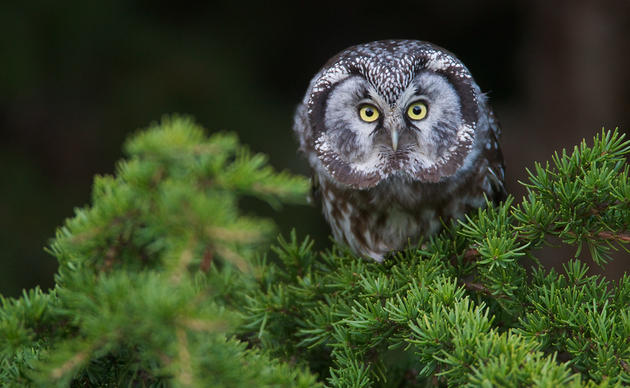
The Kasilof River is one of the most significant rivers on Alaska’s famous Kenai Peninsula. Its glacially-colored turquoise waters connect the Gulf of Alaska to the 73,000-acre Tustumena Lake and the Harding Icefield high in the Kenai Mountains.
At its mouth, the Kasilof River Flats Important Bird Area (IBA)—one of National Audubon Society’s global-priority IBAs—is a rich estuarine delta. The near-shore areas provide habitat for seabirds, while tidal ponds and sloughs provide important stopover feeding areas for migrant waterfowl and shorebirds. An astonishing variety of bird species have been observed in the Kasilof River Flats, including 37 identified by the Alaska Department of Fish and Game as Species of Greatest Conservation Need.
In recent years, it’s been discovered that the saltwater mud flats on the bank of the Kasilof River are critical areas for wintering Rock Sandpipers. Even in the deep freeze of Alaska winter, Cook Inlet’s 30-foot tidal swings expose unfrozen silty mudflats laden with small clams and polychaete worms. At high tide the Rock Sandpipers retreat upriver or out onto floating icebergs near the mouth of the river. This adaptation has allowed the Rock Sandpipers to overwinter farther north than any other Pacific shorebird species.
More broadly, the Kasilof River Flats are part of the Pacific Flyway. By summer the Kenai Peninsula’s coastal areas are home to nesting populations of Common Murres, puffins, kittiwakes, auklets, cormorants, and other seabirds by the tens of thousands. By October, most migratory birds have moved south, however, resident birds like Bald Eagles remain.
The Kasilof’s value to not only birds, but also spawning salmon, beluga whales, and other marine species is that of a wholly intact ecosystem; of the watershed’s 308 river miles only the lower 14 miles of the Kasilof’s main stem are outside Federal conservation units. In 2021, The Conservation Fund took the initiative to further protect this extraordinary habitat and purchased the largest remaining private property on the Kasilof River. The 309-acre tract makes up 20% of the Kasilof River Flats IBA and contains 2.25 miles of the river’s shoreline. Their ownership temporarily eliminates any threats of harm or development, but the land is still in need of permanent protection. The Conservation Fund is working in partnership with the State of Alaska to add the property to the state park system and ensure its important habitats are preserved forever.
Learn more and contribute to the effort to protect the Kasilof at The Conservation Fund: Kasilof River Wetlands, AK




